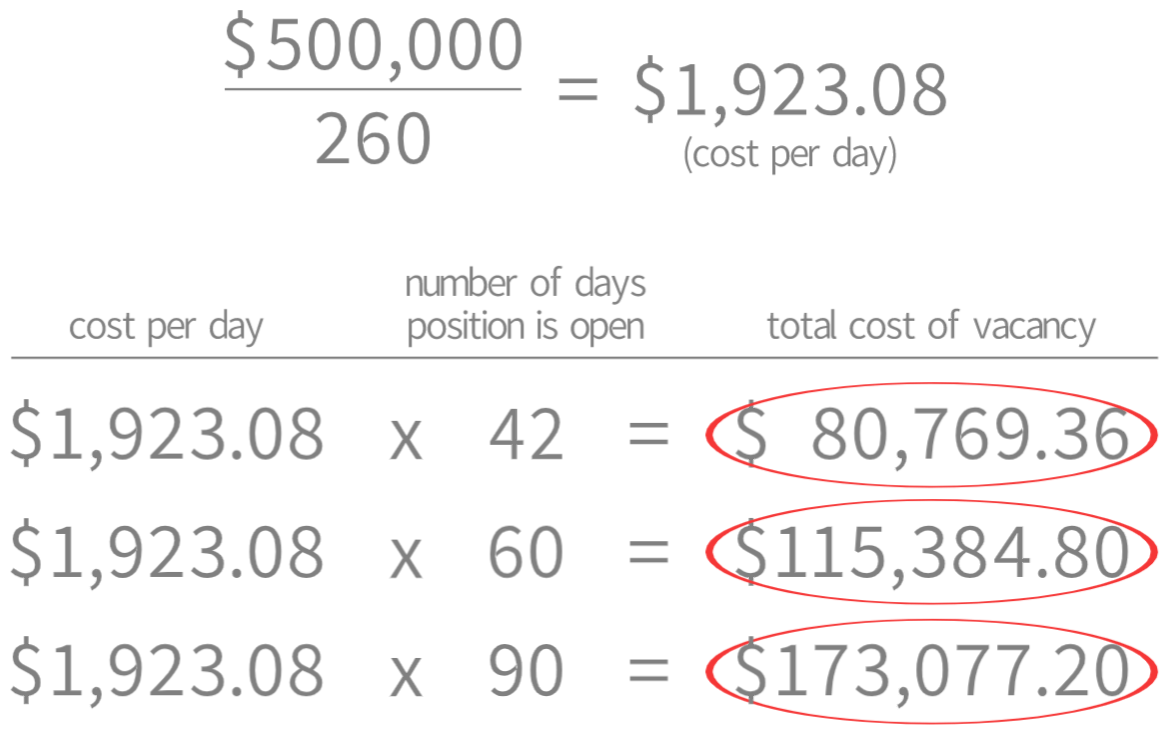RESOURCES

PRIORITY
Best utilized for urgent, critical positions where a dedicated search effort is required. Services are engaged with a retainer due at the beginning of the process.

CONTINGENCY
Recommended for openings that are not urgent in nature. The contingency model is a no-risk option and only requires payment if and when a candidate is hired.

PROJECT
Have several openings? A project team will handle all of your openings simultaneously. Terms and conditions of a project search are worked out in advance.

CONTRACT
A solution to meet short-term or variable staffing needs.
SEARCH & SELECTION PROCESS
- Needs analysis and strategic recruiting plan development
- Position profile development
- In-depth candidate research, screening and interviewing
- Interview planning and qualified candidate presentation
- Interviewing skills training
- Client and candidate interview debriefs
- Confidential reference checks
- Counteroffer consulting
- Offer preparation and closing
- Client and new hire follow-up
PARTNER WITH WESTPORT ONE
Let’s face it, the hiring process is a big undertaking and, quite frankly, a distraction from your primary responsibilities. We can help!
Our Search Consultants are experts in hiring. Couple that with our market knowledge in your industry and you can bet that we know exactly what it takes to deliver talent to our clients. Partnering with us on your next search is a worthwhile investment for the following reasons:
EXPERTISE. We bring nearly a half century of industry-leading experience to the world of recruitment.
Process Management. We’ll create and execute a customized recruiting strategy, to include job postings, sourcing, pre-screening, scheduling interviews, background checks, etc.
CAPACITY. We can dedicate 100% of our time to filling your open position(s).
QUALITY. Immersed in the market daily, we have built and maintained relationships with industry leaders and professionals nationwide. We’ll leverage that network to identify candidates (both passive and active) with the right blend of ability, experience and motivation needed to thrive at your organization.
SPEED. Starting from scratch is tough. We are continually tapped into the talent marketplace and partnering with us means you can expect a more efficient recruiting process.
COST EFFICIENCY. Time equals money. Every day a key opening remains unfilled means productivity is down, which ultimately equates to lost revenue. While it may seem counterintuitive to think hiring a recruiter will save you money, consider the cost of a critical position that remains open for several months; a recruiter’s fee starts to look like a bargain at any price. Partner with us the moment you have a staffing need to save yourself time, energy and resources. Trusting us with your search allows you and/or your staff to focus on your day-to-day operations without further sacrificing productivity. We will reduce your time to fill by finding you a qualified candidate quickly. A candidate that will “hit the ground running”, reducing the need for expensive training and post-hire downtime.
NEED HELP PREPARING FOR AN INTERVIEW? CHECK OUT OUR EMPLOYER INTERVIEW GUIDE!
THE REAL COSTS OF A VACANT POSITION
It’s unavoidable! Almost every company will have at least one vacant position at any given time due to promotions, terminations, resignations, etc. Even though the company is no longer on the hook to pay a salary for a vacant position, it doesn’t necessarily mean that the company is saving money. Vacancies affect business and cost money–––let’s explore how.
HARD COSTS
Employee turnover costs are the costs you will incur for every aspect of the hiring process. These costs include marketing for the open position, sourcing and attracting talent, background checking, onboarding, training, ramp-up time to full productivity, etc.
SOFT COSTS
Lost Productivity
When an employee leaves, their workload must still be accounted for. If projects are brought to a standstill while the position remains open, you can expect delayed releases and lost revenue. Alternatively, if your remaining employees are forced to pick up the slack, you risk employee burnout and driving even more employees away.
Negative Impacts to Employee Engagement & Morale
The exit of a beloved team member can strike a substantial blow to employee engagement and morale because it leaves a void in the team dynamic. Furthermore, employees may begin to wonder if they should follow suit and look for alternative employment themselves.
Damage to Your Employer Brand
The reputation of being a revolving-door employer will not attract long-term employees looking to make a significant impact. In addition, consistently having open positions or positions that remain open for extended periods of time, can have a negative impact on how your customers view your organization.
LOST OPPORTUNITY COSTS
Productivity will likely suffer when key positions remain unfilled. You may be missing out on business and product development opportunities that you can’t explore with strained operations. This, in turn, prevents your business from growing and stifles its ability to scale.
How Much Is Your Open Position Costing You?
As outlined above, there are numerous direct and indirect costs associated with an open position. But, how do we determine how much a vacancy costs in actual dollars and cents? There are a couple of basic formulas we can use to estimate the cost-of-vacancy (COV). It is important to note, however, that COV calculations simply provide a baseline for the financial impact of an open position. It’s impossible to accurately measure the negative financial impacts a vacancy might also have on employee engagement, productivity, team morale, etc.
For the following formulas we will assume 260 is the average number of working days per year and we’ll look at COV for positions that remain open for 42 (average number of days it takes to fill a position according to SHRM), 60 and 90 days. Average time to fill metrics vary greatly by industry and/or position. Typically, positions that require highly skilled workers remain open for 90+ days.
SIMPLE SALARY MULTIPLIER FORMULA
Research suggests that the average employee’s value is between one and three times their annual salary. For this calculation, let’s assume that an employee earning $75,000 brings two times their annual salary ($150,000) in value to their organization every year.
LOST REVENUE FORMULA
This formula works well for revenue-generating positions, such as salespeople. For this calculation, let’s assume your average salesperson generates $500,000 in annual revenue.
This method can also be applied to non-sales roles by calculating the average revenue generated by each employee. To determine average employee revenue, divide your annual revenue by number of employees.


